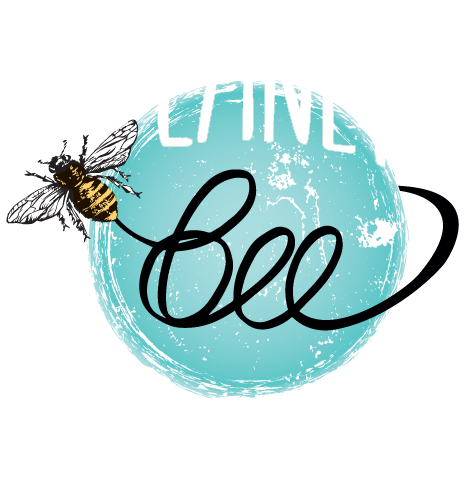
SEED BALL STEWARDSHIP GRANT KIT
APPLY TODAY!
This need-based rolling grant announces awardees 2 two weeks until funding runs out.
SEED BALL STEWARDSHIP GRANT KIT
Our Stewardship Grant Program equips schools with seed ball materials—featuring non-invasive seeds, clay, and soil—to create vital food sources for bees and other pollinators. Additionally, you'll gain access to our engaging Asynchronous and Synchronous STEM Lessons, designed to enrich student learning and inspire environmental stewardship.
WHAT ARE SEEDBALLS?
Seed balls are natural clay balls full of seeds and soil. They can be easily dispersed to grow plants without digging holes or till land!
Want to make a seed ball? Click here for instructions!
SEEDBALLS AND BEES
Since urbanization and modern agricultural practices have decreased pollinator habitats, it is essential to bolster the nutritional landscape for bees and other pollinators. One way to do this is to take action by planting more food for our foraging friends! At Planet Bee, we make seed balls full of native wildflower seeds endemic to the area with our students and visitors at public events.
SEEDBALL HISTORY AND IMPACT
Making seed balls is an ancient agricultural technique that has regained popularity in modern times.
Masanobu Fukuoka was a Japanese philosopher and natural farmer born in 1913 and is the person often attributed with improving and popularizing this planting technique.
“Fukuoka believed that tillage over large areas is laborious, destructive to soil health, and ultimately unnecessary and thus a waste of time and energy. Thus, seed balls have become an important aspect of many natural farming and conservation enterprises worldwide.” Andrew Schreiber, Permaculture Research Institute
A COMMUNITY-DRIVEN SUCCESS STORY
In the early 1970s, New York City endured riots and watched neighborhoods decline to abandon, as apartment buildings fell down and empty lots took their place. Artist Liz Christy began tossing what she referred to as “seed green-aids” into vacant lots. She filled water balloons with seeds, soil, and water, and threw them over fences, watching the contents scatter as the balloons burst on the ground. This practice is the definition of “guerrilla gardening” and was a first step in revitalizing the city by converting lots into gardens. By the 1980s, NYC was home to 800 community gardens!
INTERESTED IN SPONSORING THIS PROGRAM? PLEASE EMAIL US AT PARTNERS@PLANETBEE.ORG

